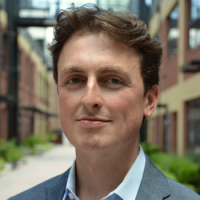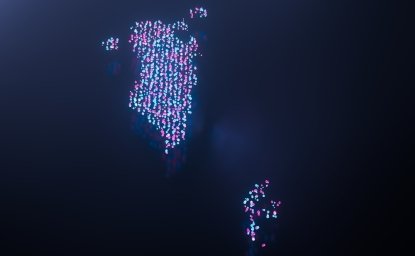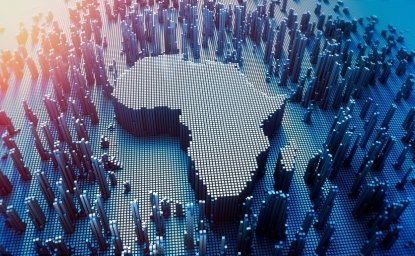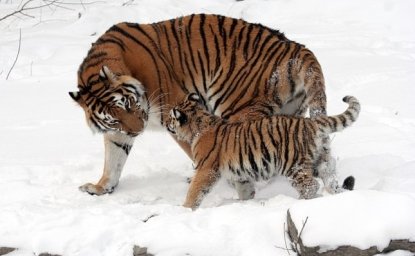
A blog of the Science and Technology Innovation Program
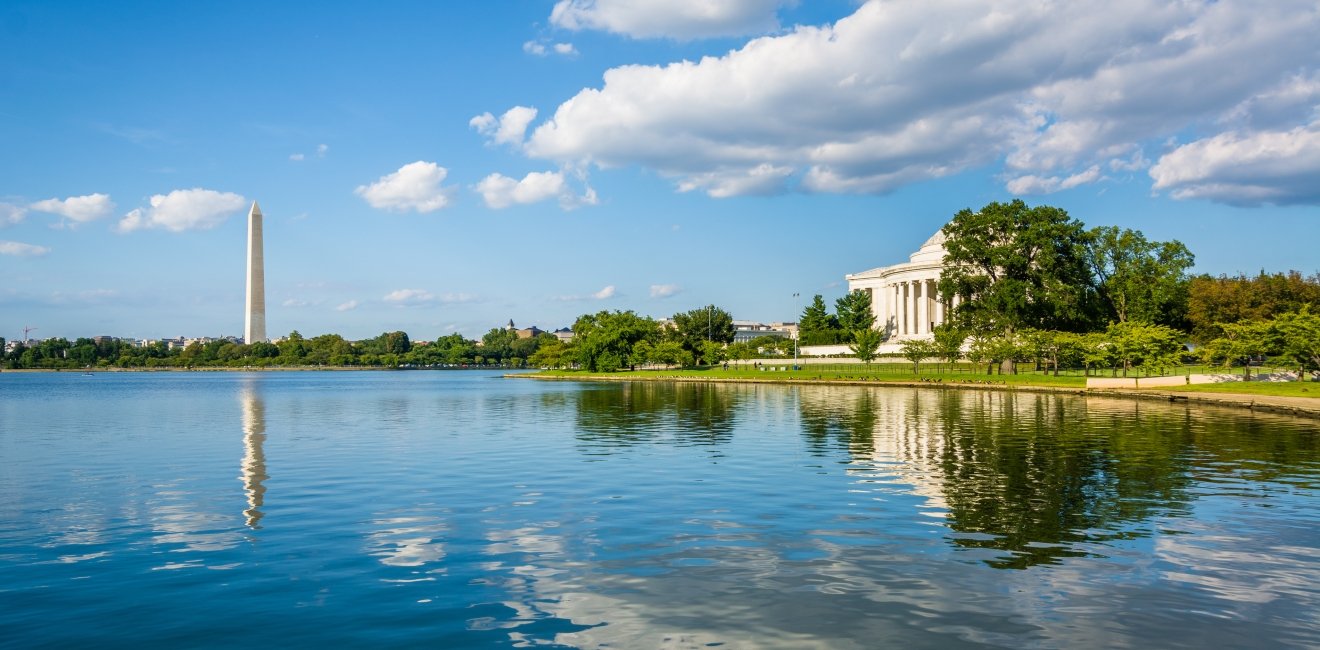
Citizen science has been around since the first non-scientist was interested in the field. In the 1800s and 1900s, citizen science was supported by volunteers who appreciated research but—for past reasons ranging from institutional obstacles to a lack of experience or opportunity they were unable to become recognized professionally, even though many of them were learned enough in science and the scientific method to be functional scientists. These motivated science enthusiasts collected data points, experiences, and observations largely on their own but resulted in contributions to a greater end result. The research they conducted is the basis for some of the fundamental knowledge we currently possess.
Today thousands of citizen scientists are doing the same thing but often in a more organized and technologically mediated way. The American Association for the Advancement of Science (AAAS) Colloquium on Citizen Science on Tuesday, January 9, 2018, hosted a panel of four citizen science experts and a moderator (as noted below). The colloquium first discussed the legacy of citizen science as a model for future innovation, and its role in today’s scientific discoveries. The evening was sponsored by the AAAS’s Research Competitiveness Program (RCP), which is dedicated to enhancing scientific endeavors of largely university STEM programs through bringing together expert advisors. But the RCP also supports peer review systems, face-to-face research competitiveness workshops, and advocates for innovation and entrepreneurship. The RCP at AAAS noted that citizen science’s increasing prominence in the field of innovation and discovery makes it an inevitable and worthy discipline to investigate and consider.
Dr. Rush Holt, the Chief Executive Officer for AAAS, provided welcoming remarks and helped set the stage by mentioning that the first AAAS President, William Redfield in 1843, was a citizen scientist. Bob Hirshon, Program Director for Technology and Learning at the AAAS, moderated the colloquium. Hirshon recalled the life of Maria Mitchell, a citizen scientist focusing on astronomy and the first female member of the AAAS (one of her many achievements). His opening made it clear that the colloquium would focus on the strides made through ambitious and accurate data collection by people fueled by curiosity and a pension for discovery. He closed his opening statements with a plug for the AAAS Citizen Science Community that upon official launch is set to pull together professional researchers, citizen scientists and interested volunteers under one platform to help solidify AAAS’s dedication to understanding citizen science and reaching out to those interested in being a force for science.
Jennifer Shirk, the interim director of the Citizen Science Association, began by issuing a challenge and “a call to action.” Citing a Nature correspondence piece that warns “Citizen science must not become what its critics claim it to be: poor science with great communication potential,” Shirk made the case for a greater visible emphasis on citizen science generated data, and not for the purpose of education, but to engage the past and future volunteers who are inspired by the premise that they, too, can make a tangible impact. She went on to discuss a second major challenge facing the field, namely to shift the dialogue for citizen science from “what they [volunteers] can learn from us [researchers],” to “what we can learn together.” Instead of purely education and outreach, citizen science needs to promote its collaborative nature that will not just aid in a researcher’s methodology, but improve the results and discussion of science. This type of horizontal rather than vertical education benefits all of the stakeholders involved and their studies from the introduction to the conclusion.
Addressing the achievements of the citizen science community, Sam Droege, a pioneer in the field of large-scale biodiversity monitoring with the USGS, made it clear that the actual data and knowledge gained from citizen science monitoring projects is “irreplaceable.” Calling back to the US Weather Bureau’s practice 120 years ago, he described a time where citizens once were the sole collectors and documentarians of local and regional weather data. That information collected since the late 1800s is still used today similar to so many other monitoring programs’ data.
Voluntary collection of this information is vital, Droege explains, because monitoring data of the past cannot be collected today or in the future: it has to have been collected yesterday. This idea that citizen science projects in monitoring provide unique and “irreplaceable” large scale data bolsters the speakers’ argument for the validity of volunteer-collected data and illuminates a significant value. A value that is defined by its large scale nature. The impacts of Droege’s examples must be publicized and serve as a model to compel researchers to see the public, and vice versa, not as a workforce but as a pool of collaborators.
That topic of collaboration for the sake of better science was quite apparent in Dr. Allison Cawood’s, the Citizen Science Coordinator for the Smithsonian Environmental Research Center (SERC), talk about the work done at SERC in conjunction with citizen scientists.
Echoing Shirk, Cawood suggested that citizen scientists are not always driven by the promise of education, but by the contribution to hard datasets. By describing the citizen scientists SERC works with, like one volunteer who holds a Ph.D. in Analytical Chemistry or another with a Ph.D. in Archeology, Cawood has a front row seat to the caliber of volunteers SERC researchers are learning from and collaborating with. This further touched on a theme of the evening that the knowledge sharing cannot be top down or even bottom up but seamlessly flowing between the professionals and their volunteers. SERCs programs now widely incorporate the citizen science model, creating, as Cawood postulates, better science because of better methods.
This sentiment was corroborated by Paula Wang, a self-proclaimed “uber-volunteer” who has been doing citizen since in the field for over 27 years. Wang dedicates a large swath of her time to the Audubon Naturalist Society’s citizen science initiatives, most notably “Creek Critters,” a project devoted to cataloging small organisms in creeks and streams to determine the water quality of the environment. Wang represented the dedicated citizen scientists actually putting in the work, further diverging from the notion Cawood described as a common misconception: that citizen scientists are “middle schoolers.”
Wang’s dedication to the practice of citizen science and engagement with the environment served as an exclamation mark to end the panel. Her years of productive work and enthusiasm emboldened Shirk’s call to action to pull stories like Paula Wang’s to the front and use her work as an example for the next generation of citizen volunteers.
The AAAS’s Colloquium signaled the first steps of an innovative journey. A starting point -- meant to communicate how seriously they are taking the emerging role of citizen science in scientific discovery and thought. It is apparent to this author that with the AAAS’s engagement in the community, the practices and products of citizen science will more likely be publically recognized as a legitimate means of data collection and project innovation many within the community already see. Shifting the public’s perspective of citizen science from vertical knowledge transfer to horizontal knowledge sharing will not only add legitimacy to ongoing projects but will captivate the public’s interest in contributing to the field of science that once may have felt unattainable.
Author
